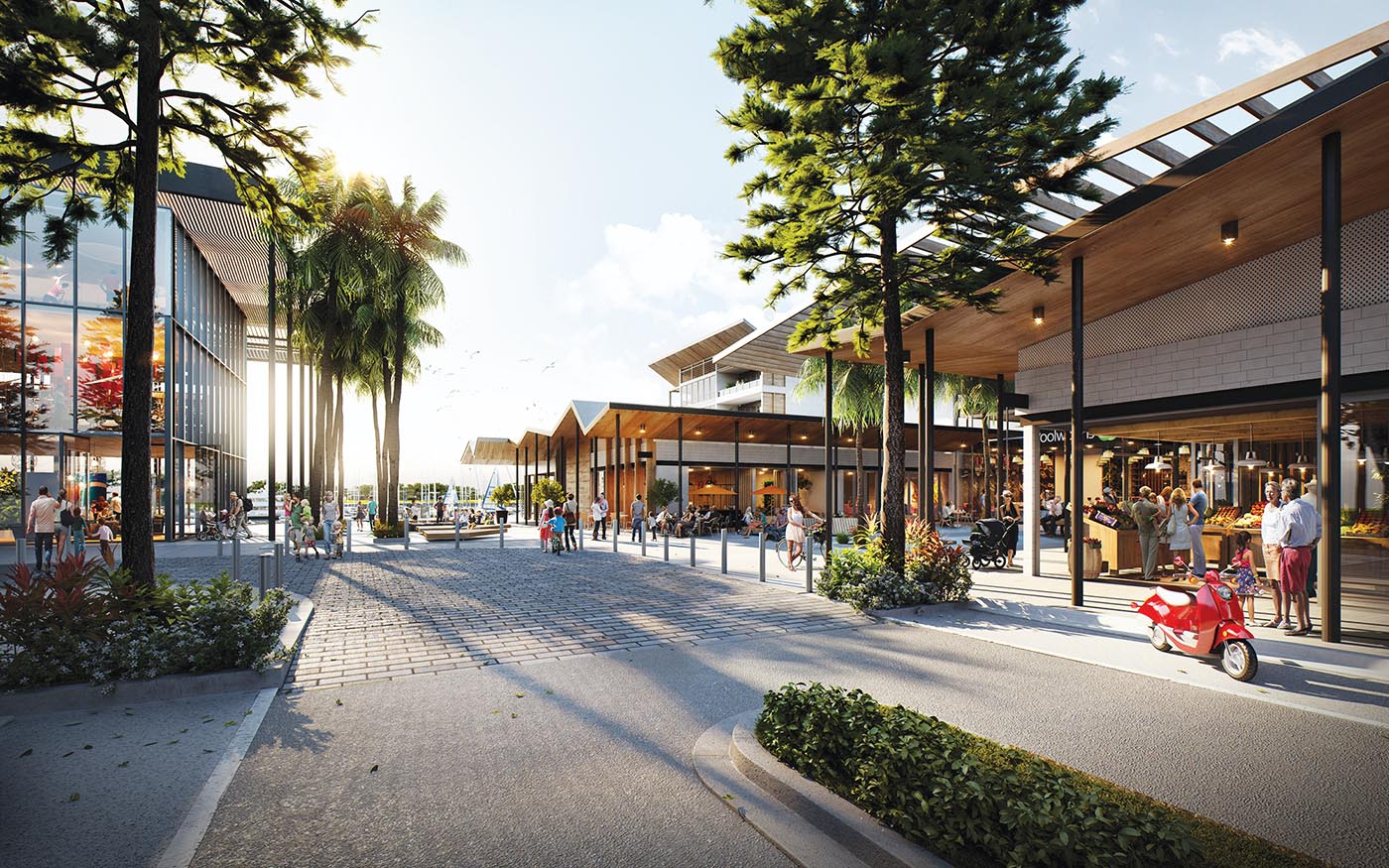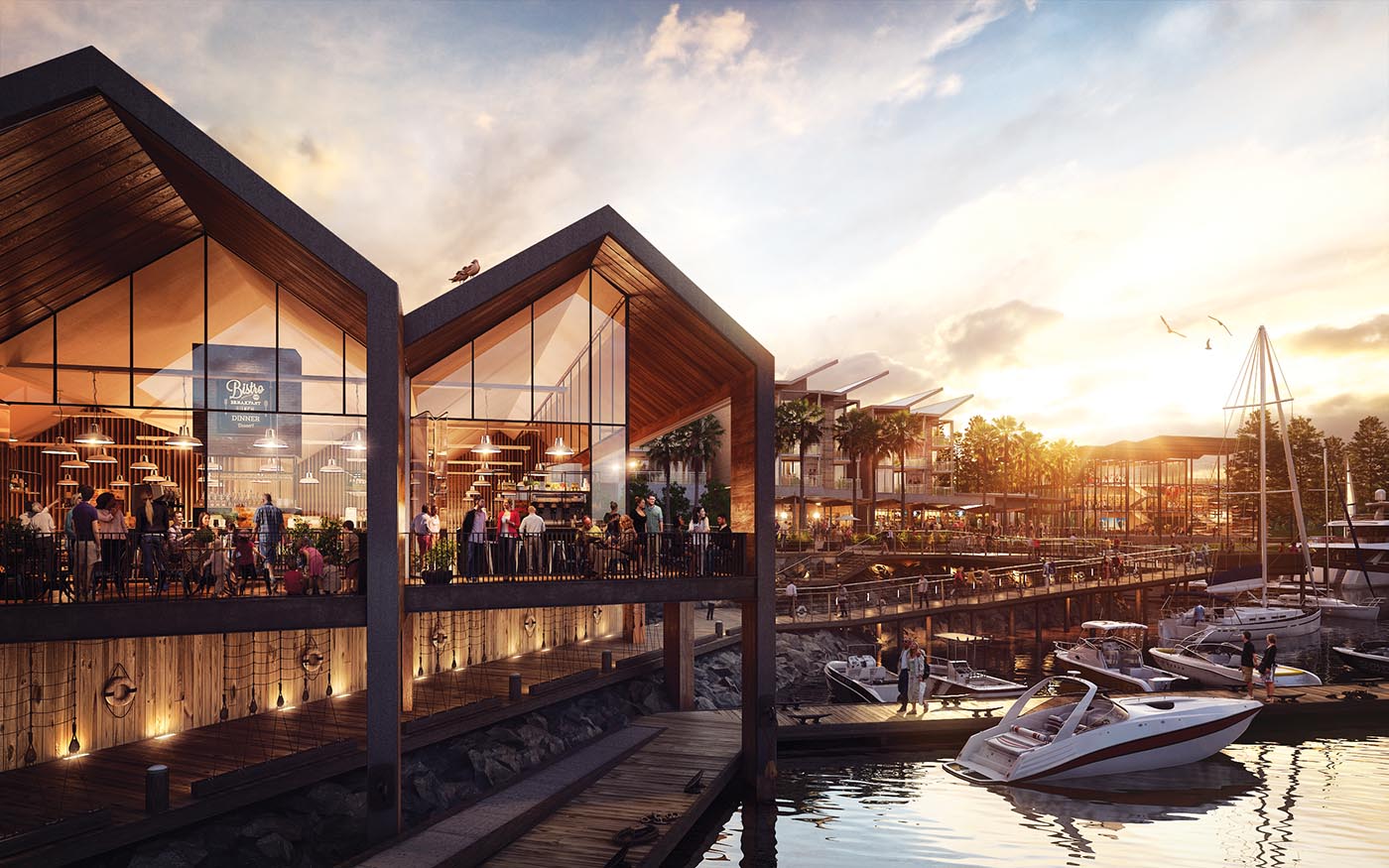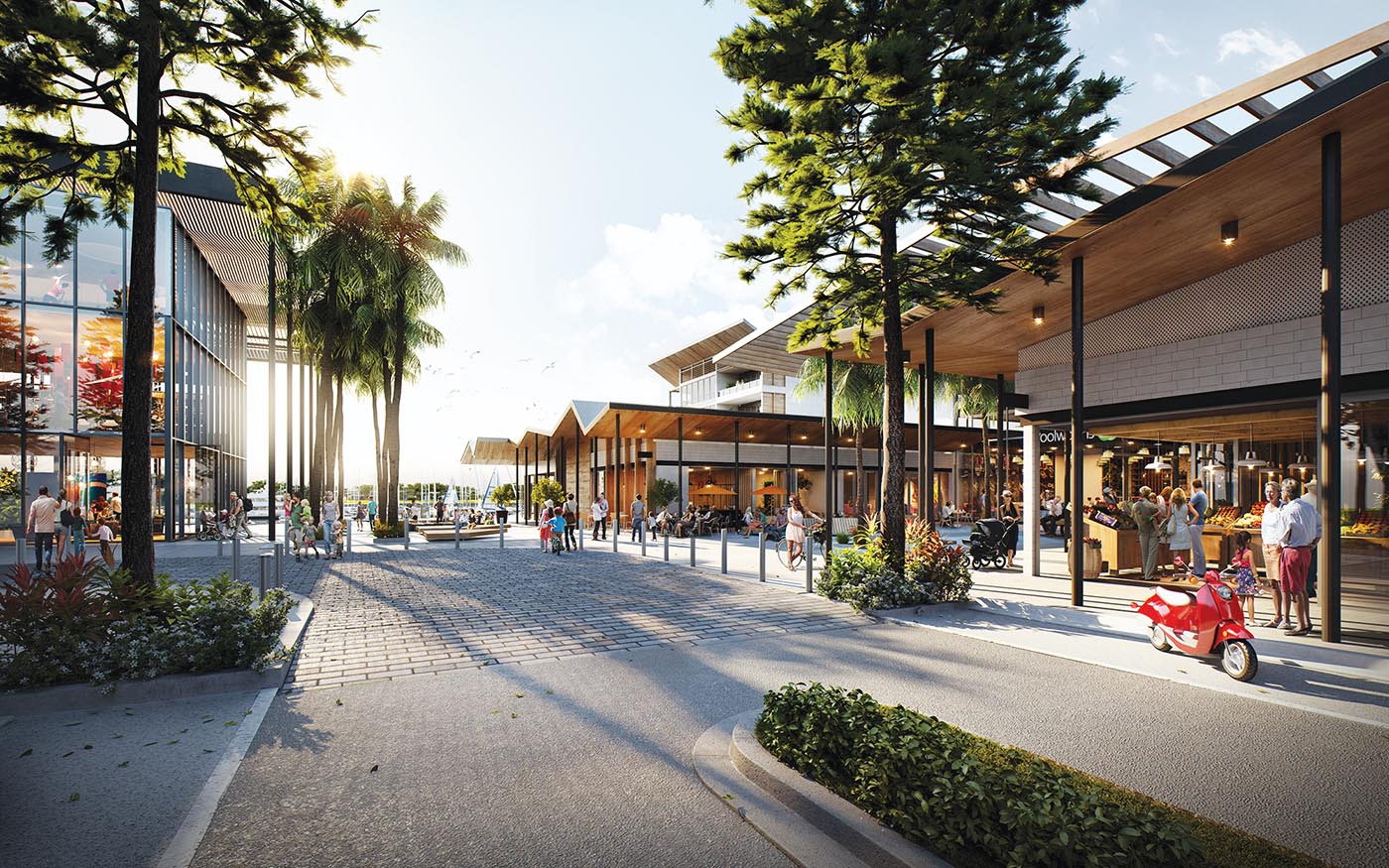We lose the plot when we forget the market. We see something – an innovation, an overseas idea, a new initiative that’s successful – and we include it in our centre. It might be enterprising but is it, in our case, in our centre, market driven? Has it been developed as a result of a clear market demand? Your market is your trade area, and they’re not all the same.
If the super neighbourhood centre of the future is to fulfil its potential and serve as the local community’s natural heart, to become a piece of social infrastructure in which the community feels a degree of ownership, then it must be malleable enough for local people to have a hand in shaping it.
This not only means engaging with the local community to find out what types of retail and services mix they want, and what’s missing in the catchment, but also facilitating the types of tenancies that will attract local businesses.
It goes further too. At Burwood Brickworks in Melbourne, for instance, Frasers Property Australia is planning to integrate an urban farm in the centre, which will provide produce to be used by the food tenants within, but also in the community itself.
There are few better examples of enabling the local community to help shape its neighbourhood centre.
Implicit in this scenario is the centre’s licence – and indeed its obligation – to experiment: with new leasing strategies, tenancy mixes, the flexibility of spaces and opportunities for new retail concepts.
The idea of experimentation can conjure connotations of risk – something investors are hardwired to avoid. But a commitment to try new things, adapt and to learn from mistakes can be separated from the notion of risk if it’s understood as a commitment from the outset.
In this way, a super neighbourhood centre can be seen as a place to be adventurous, a place where you can experiment with the personality of the retail offering, molding a connection to the community and adding value to that community in the process.
For instance, the future retail precinct which will complement the new marina and boat harbour at Shell Cove, on the NSW South Coast, has provided a unique opportunity for people in the local community to showcase their entrepreneurial spirit.
At first glance, it will be a shopping environment with what would seem a typical retail mix: cafes, restaurants, bakery, butcher, pharmacy, dentist, hairdresser, ice creamery and real estate office. The difference is that almost every one of the 15 specialty stores and six restaurants will be tenanted by local residents.
This locally based curated retail mix will allow this neighbourhood centre to have an instant connection to the community it is serving. The restaurants can work locally sourced beef and seafood into their menus. The real estate agent, dentist and hairdresser are neighbours not only in business but in a lifestyle sense.
Convenience, familiarity and community engagement are certainly competitive advantages that neighbourhood centres enjoy over larger shopping centres. Serving as a breeding ground for new retail concepts – ideally local ones – can compound these advantages, and owners and landlords should take note.
There’s an opportunity to reach beyond the centre’s walls and car parks to other local businesses, services and even the natural assets of the catchment.
For instance, if the neighbourhood centre is near the beach, is there scope for a lifeguard-operated pop-up to sell tickets for fundraising and encourage new memberships? Is it in a rural area where a weekly farmers’ market could be accommodated?
At Eastern Creek, in order to respond to the area’s emerging and diverse demographic profile, Frasers Property is developing a super neighbourhood centre that will strike a unique blend of local convenience retailing with a bulky goods offering.
It will also integrate a street hawker style food offering to give the local ethnicities an opportunity to showcase their cuisines while sowing the seeds for a lasting bond between the centre and the community it resides in.
Super neighbourhood centres not only create an opportunity to implement flexible and brave leasing strategies – they encourage it. And because they are shaped by local communities, the people in that community have a vested interested in the success of their shopping centre.






















